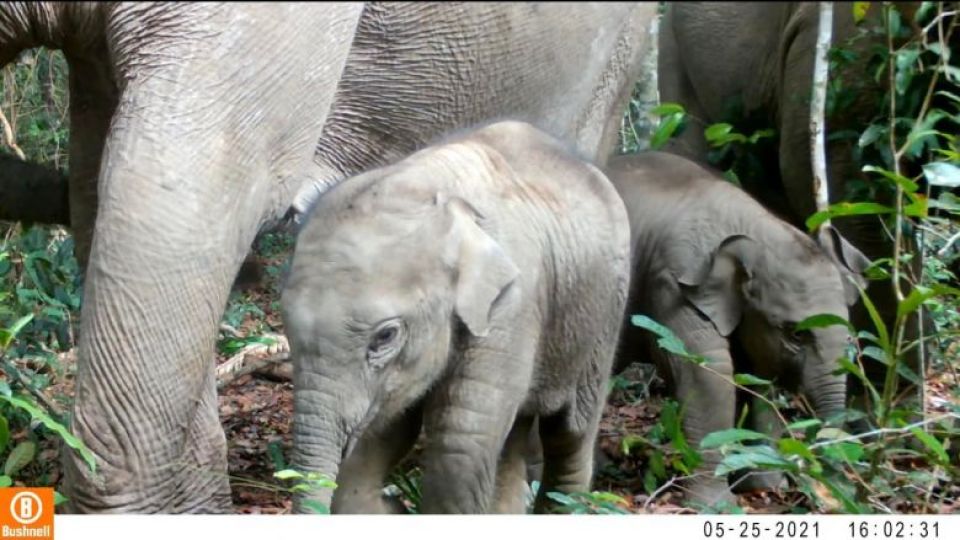August 15, 2022
PHNOM PENH – Cambodia and the world alike – are determined to conserve elephants and provide them with a safe habitat, free from the threat of poaching, and reducing conflict between humans and elephants. The commitment was reiterated on World Elephant Day, August 12.
Ministry of Environment spokesman Neth Pheaktra said Cambodia has between 400 and 600 wild Asian elephants, with most of them living in the Cardamom Mountains, the northern plateau of the Tonle Sap – known as Prey Lang – and the eastern highlands of Mondulkiri and Rattanakkiri provinces.
He added that these areas are rich in biodiversity, and have an ecosystem which is favourable for the lives of elephants and other large wild animals. The number of domestic elephants is estimated to be over 70.
“Today, we and the whole world celebrate World Elephant Day. We remain committed to providing a safe environment for these majestic creatures and protecting them from harm,” he said.
Pheaktra added that Cambodia was actively involved with several countries around the world in conserving the world’s remaining elephants, which were put on the International Union for Conservation of Nature Red List of Threatened Species as “critically endangered”. He called for an end to all activities that threaten elephants, especially to reduce conflict between humans and elephants.
He added that Asian elephants have been under global threat due to poaching, trapping, human-elephant conflict, and domestication.
According to the latest research, in the last 60 or 70 years, the number of Asian elephants in the world has decreased by about 50 per cent, while their natural habitat has been reduced by nearly 90 percent.
There are between 39,463 and 47,427 Asian elephants living in the wild, with about 75 per cent living in India and Sri Lanka. The elephants are considered an important species due to their cultural significance, role in ecosystems, and for protecting other species in their habitats.
According to data from automatic cameras deployed in protected areas, Asian elephants are still found in herds in Cambodia’s protected areas, with many young being spotted.
Pheaktra said that the Cambodian Elephant Conservation Group was established in 2005. It is a partnership between the Ministry of Environment, the Forestry Administration and Fauna & Flora International, and aims to conserve Cambodia’s elephants by bringing together governmental and NGO wildlife managers and forest communities.
“We established the conservation group to conserve Asian elephants by stabilising and fostering the growth of this species in the forests of Cambodia. We have a detailed action plan for their conservation for 10 years from 2020 2029,” he said.
The action plan identified seven priority issues, including: reducing habitat loss, conserving and reconnecting corridors and herds of wild elephants, strengthening law enforcement, preventing the capture of wild elephants, reducing conflict between wild elephants and humans and studying and monitoring elephant numbers.
According to one estimate, the 10-year action plan requires $40.5 million, which is expected to come from a combination of sources, including the government budget, NGOs and development partners.
Pheaktra added that Cambodia had developed specific mechanisms and laws to combat the wildlife trade. Cambodia had arrested many offenders and liberated many animals from the clutches of traffickers and sent many suspects to court.


